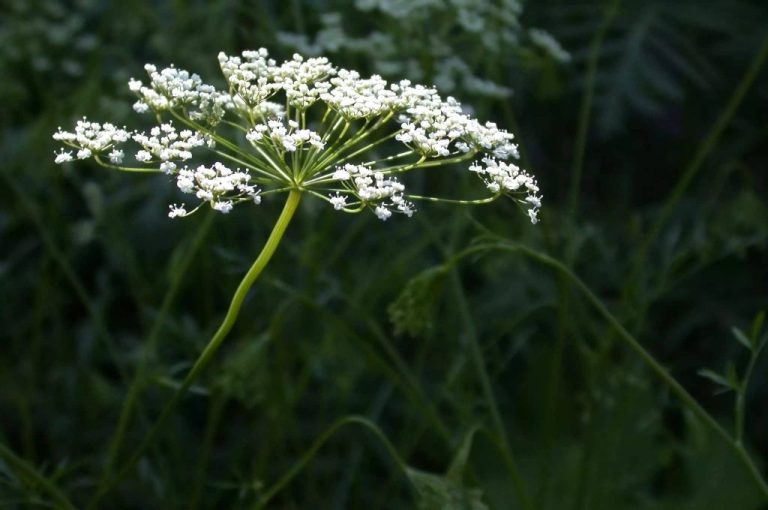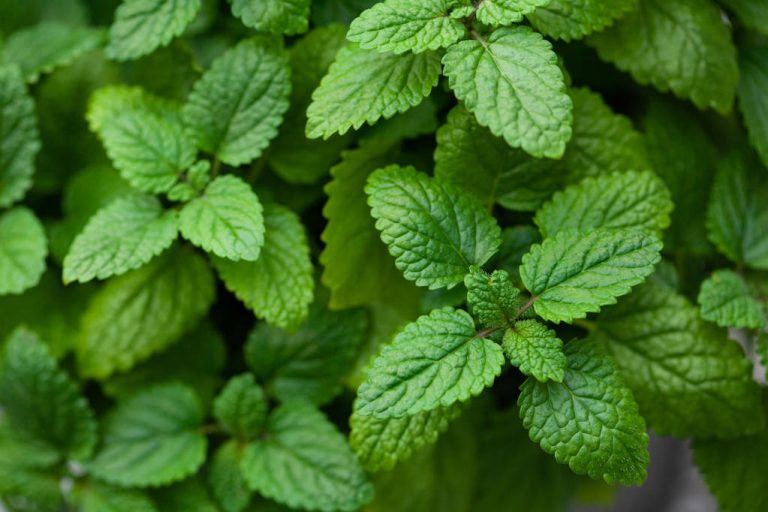Rising energy and food prices are presenting more and more people with financial challenges. Many households can barely cope with their daily expenses. What to do when running costs eat up all income?
Take a close look at current contracts and insurance policies
The first step is to take a close look at existing contracts, advises the NRW consumer advice center. It is often possible to switch to cheaper tariffs, for example for insurance or mobile phone contracts. Many contracts are even superfluous and can be terminated subject to the contractually agreed deadline. That relieves the expenses.
Another spending trap is insurance. The following applies here: “As much as necessary, as little as possible,” advises the consumer advice center. Policies that only cover minor damage are often superfluous. For a standard vacation, for example, luggage insurance is often not necessary, since the loss of a suitcase is usually easy can be replaced. Mobile phone insurance usually has many gaps and pitfalls. You can usually save yourself this holey protection in the truest sense of the word. Glass and death benefit insurance are often dispensable. Extra equipment insurance for bicycles, laptops or glasses is only worthwhile for very expensive purchases. There are significant price differences for important insurance policies such as private liability or household insurance, so it is worth comparing prices. Modern policies often also offer better protection. Switching to annual payment can also save money.
You should also carefully check your current contracts for telephone, smartphone and internet. These are indispensable, but you can also save money here. You should first determine your actual needs. How many minutes are you on the phone? How much data volume do you use per month? If you know your needs, you can also compare the prices of different providers better. Product information sheets, which dealers must hand out on request, help with this. After the minimum contract period has expired, every telecommunications contract that is not actively extended, for example by a change of tariff or a new smartphone, can be terminated with one month’s notice. The change is therefore possible faster than you think. Porting your phone number is free regardless of the provider.

Pay attention to the fees for memberships and financial institutions and check the legal situation
If you have subscriptions or memberships, for example for magazines, streaming services or a gym, then you should also put them to the test. These are often particularly cheap or even free in the first few months, but over time high costs can arise. Especially a long minimum contract term of up to two years is often a cost trap in difficult financial times. Some contracts are automatically extended by a further year if you do not cancel in good time. The advice of the consumer advice center: check existing contracts, prioritize them and note the notice periods in order to end unnecessary memberships and subscriptions in good time.
Financial institutions have very different price models and fees for a current account or the use of a credit card. Some banks charge flat rates for account management, others charge a basic price plus costs for individual booking processes. Free account management is also still offered. Some banks also offer special conditions for students, trainees, pensioners or union members. A comparison of different banks can therefore be useful in order to reduce running costs. You can usually terminate current accounts at any time and without notice. There are no fees for closing the account. Particular caution is necessary with loans: the installments and additional costs put a strain on the budget. You should not exhaust the overdraft facility either, because double-digit interest rates are due here. In the case of acute and major financial problems, debt counseling should be sought in good time.
Rising costs for providers mean that prices in current contracts rise. However, this is not easily possible. Because once a contract has been concluded for a specific price to be paid regularly, the contractual partner cannot unilaterally change it. It is different if a price adjustment clause is agreed in the contract, on which the provider bases his price increase. Such clauses are usually found in the fine print, but are subject to strict requirements. In many cases they are ineffective, so that the providers cannot refer to them. So it’s worth taking a close look.












